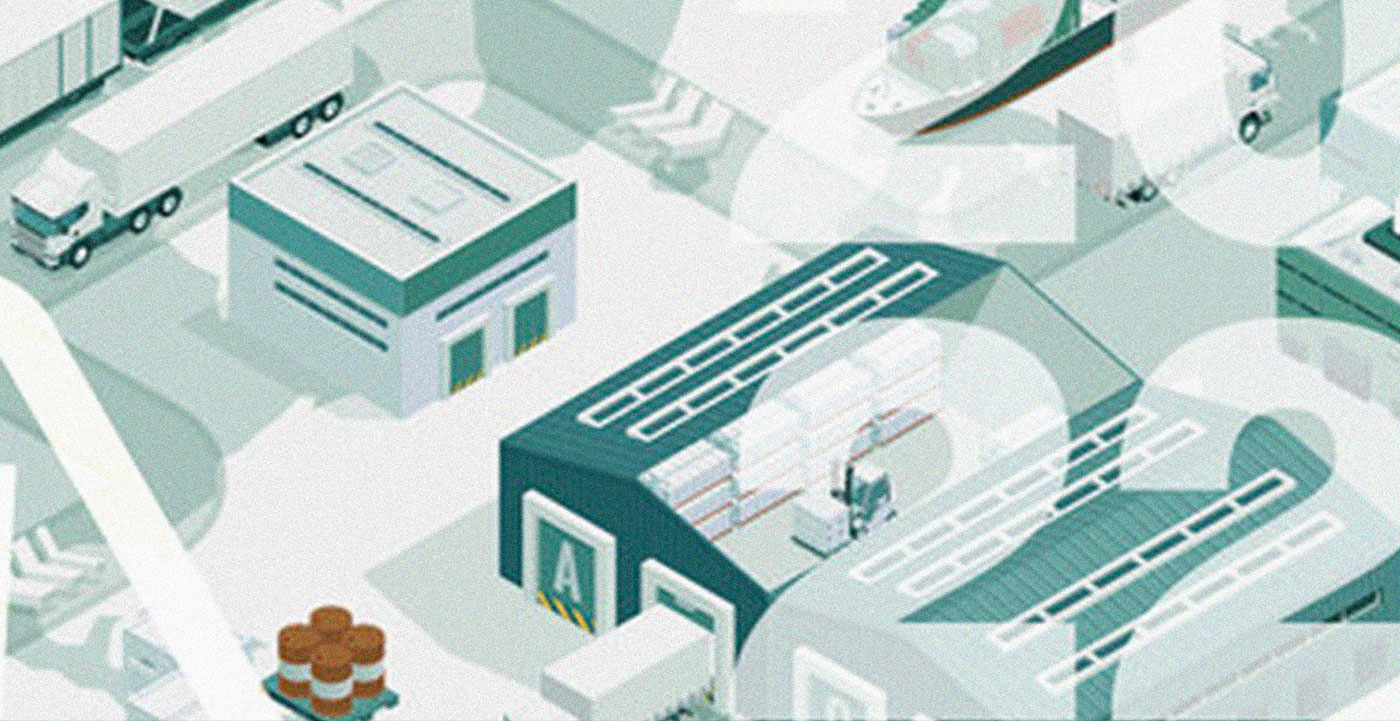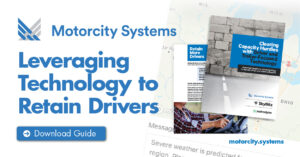Tackling 2022 Dilemmas: Equipment, Drivers and Beyond
Supply chain woes from the last two years have spilled over into 2022, leaving businesses across all industries with challenge after challenge. This ongoing dilemma has upended organizations, forcing them to rethink and restructure their operations. It’s also being felt in our homes, as people everywhere continue to experience delays in their orders and lack of options available when it comes to purchasing new products.
It’s not all doom and gloom, however. Yes, the challenges feel like they’re piling up, but there are ways to tackle them head on with the support of modern technologies.
Backlogs and shortages
Take the global chip shortage (i.e. semiconductors) as just one example. Cars, kitchen appliances, gaming devices, cell phones, and so on—there are more products than we can even think of that rely on computer chips. Yet, there’s a massive shortage and delay in production of these chips, which are needed for different components that create products. This shortage is happening for a variety of reasons, including factories shutting down because of fires or COVID-19 outbreaks as well as material, assembly, test and packaging capacity.
What’s more, it was reported that “container ships unloading goods have remained at American ports for seven days on average, an increase of 4 percent compared with all of 2021 and 21 percent higher than at the start of the pandemic.” So, even when products are available and have shipped, the logistical headaches continue with soaring shipping container costs, port backlogs, and a shortage of drivers, ultimately leaving end customers with continued extended delays.
For motor carriers who sit near the end of the supply chain, this means they can’t buy as much equipment as they need due to manufacturing backlogs and shortages of parts.
While capacity and cost issues will remain for some time, recent technology advancements are fast and easy to implement for both managers and drivers. Fleets can leverage technology to remove uncertainty from drivers’ work and respond faster to their needs, which improves job satisfaction and creates capacity through better asset utilization.
Recruitment and retention
Then, there’s the workforce challenge – motor carriers are faced with an exceptionally difficult time recruiting and retaining drivers. Trucks move 72 percent of American freight, yet it was reported that U.S. trucking companies suffered a record deficit of 80,000 drivers in 2021. Worse yet, the average trucking company has a turnover rate of roughly 95 percent, which means that nearly all of its workforce is replaced in the course of a year.
While there are several factors contributing to the labor crisis, one of them is long-standing inefficiencies that frustrate drivers. Whenever drivers are forced to waste time searching for a trailer or waiting on a message from dispatch, it has a negative impact on pay and quickly leads to frustration and questioning the effectiveness of operations.
We also live in a connected world and have for some time – so if drivers don’t have adequate technology to make their lives and jobs easier, they can seek out another job, even another industry, that does. This is especially true for the younger generations who only know a digital world and expect to have modern tools and technologies in the workplace that keep them safe, informed, and efficient, and keep up with the technology they use in their personal lives.
It’s due time to adopt technologies that allow for real-time communication (i.e. instant text and chat message features); that can alert drivers with the exact location of trailer assignments and verify the status of cargo and equipment to utilize driver time effectively; and that can even coach drivers with real-time feedback to improve engagement, safety, and productivity.
The good news is that these solutions are available and waiting for you. Download this guide to learn more about how to address and overcome driver retention and asset utilization challenges in 2022 with next-generation technology.

